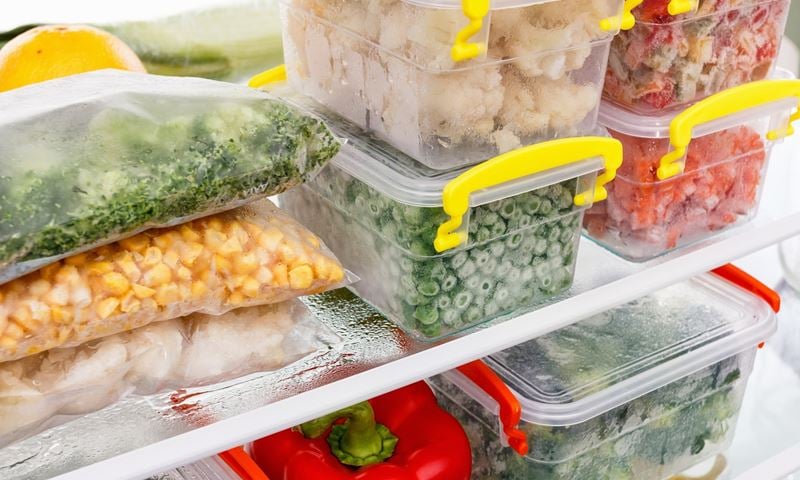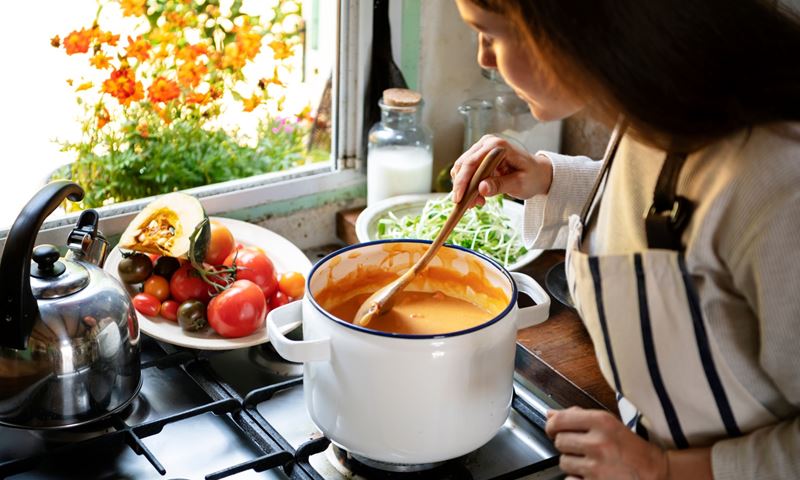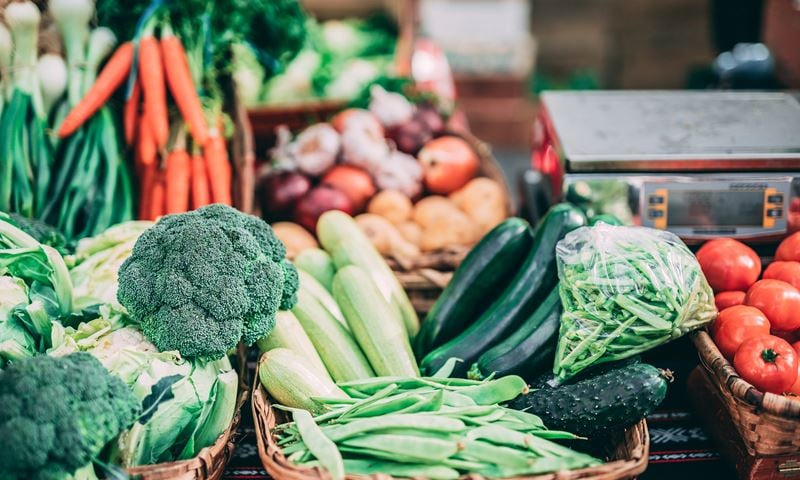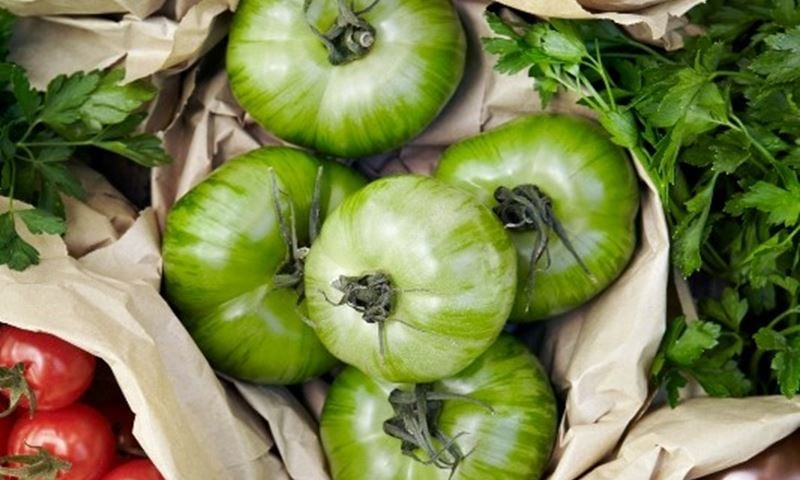Published 27 May 2022
With the cost of fruit and vegetables set to rise and stay high for months to come, now is a great time to reassess how you purchase, store, and use your fruit and vegetables.
Getting the most out of what you’re spending at the supermarket takes just a few small tweaks that can have a big impact over time.
Understand how to store your items
Let’s start with some science! Have you ever tried to ripen an avocado by putting it in a brown paper bag with a banana or two? What’s happening when you do that is all thanks to a hormone called ethylene, which speeds up the ripening process. It’s a handy hack when you can’t get a ripe avo!
What doesn’t work is when fruits that emit ethylene (those that ripen after being harvested such as bananas, avocados, and apples) are put together in a bowl with other items. All the ethylene that they are emitting means that things ripen - and go off - much more quickly than you can get around to eating them. Consider using smaller, separate bowls or plates for different fruits - this way you still get to enjoy the flavour without wasting anything!
Whilst some fruits do better on the bench, fruits that don’t need to ripen further are best kept in the fridge. Think strawberries, citrus, grapes, or any fruit that has sufficiently ripened.
Other good storage ideas include not washing your vegetables until just before you eat them, so that they don’t go soggy and keeping things in the wrapping they’re sold in.
Plan ahead and use the freezer
Think of batch cooking as a gift to your future self. It’s a great way of ensuring that you always have something healthy available for dinner, so you’re less likely to spend more on take away. It’s also a way of preparing vegetables before they go bad, without having to eat them straight away.
Consider investing in a chest freezer - it can be possible to pick these up second hand for a reasonable price and will allow you plenty of space to store some delicious, easy meals.
If you have a quiet weekend up your sleeve, try some of the meat-free recipes below and freeze them up in appropriate portions for your household:
- Burnt aubergine veggie chilli: Burnt aubergine veggie chilli recipe | BBC Good Food
- Lentil ragu: Lentil ragu recipe | BBC Good Food
- Mushroom Bolognese sauce: Vegan Bolognese Sauce w/ Mushrooms - My Darling Vegan
- Coconut curry with tofu: Coconut Curry with Tofu - My Darling Vegan
- Sweet potato black bean burgers: Sweet Potato Black Bean Burger | Minimalist Baker Recipes
Regrow what you can
There are so many veggies you can regrow just by placing their cut ends in a shallow bowl of water. Spring onions, celery, cabbage, romaine lettuce, carrot tops (good for pesto's) and leeks are all fantastic options. If you have kids at home, you can turn this thrift approach into a science lesson by making weekly observation notes.
You can also regrow herbs in the same way you would an indoor plant cutting. Place the stems (2 to 3 inches in length) in a glass of water and refresh daily until new roots grow. Then simply plant in a pot with some soil and enjoy your herbs!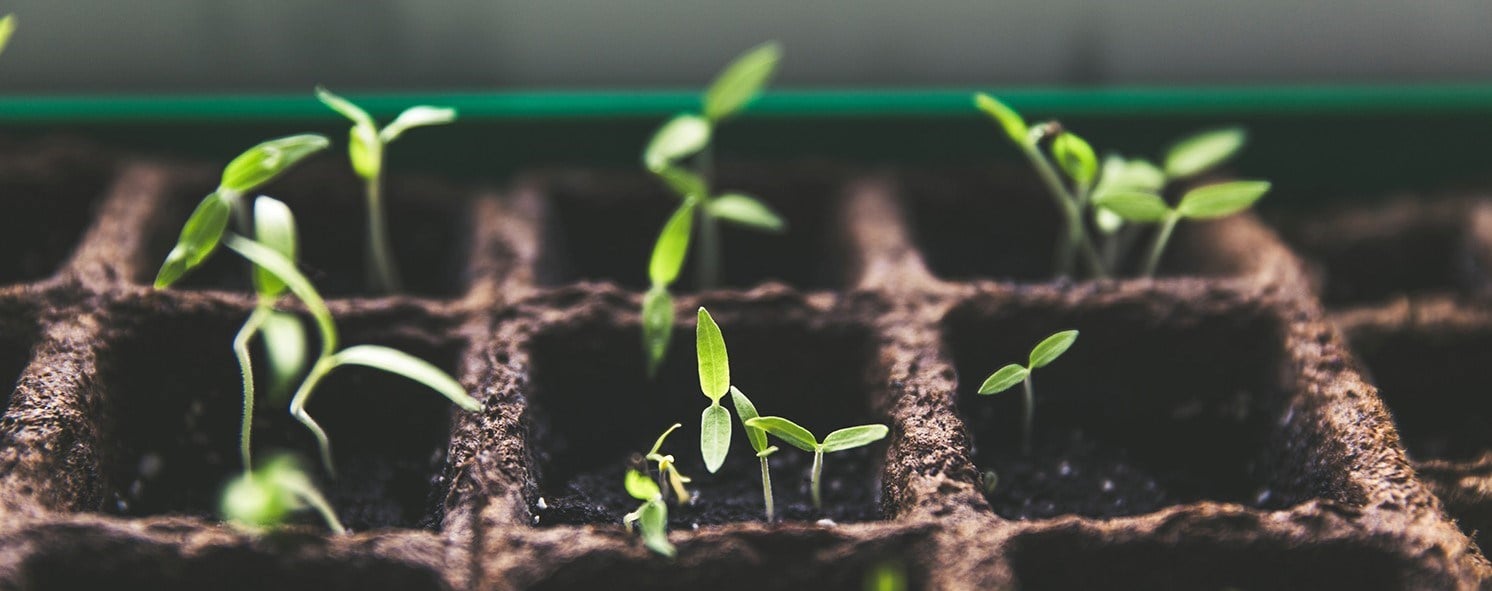
An edible garden gives the freshest produce
We know it can be easier said than done to grow your own produce, especially for time-poor families. You don’t have to establish an urban farm though to reap the benefits of growing your own. Aim to focus on fast-growing plants, like herbs and lettuces, which can cost a lot when purchased from the supermarket.
It takes a little longer but buying a packet of seeds is far cheaper than buying a punnet of seeds. For example, a packet of lettuce seeds (1250 seeds) costs $1.68, whereas a punnet of lettuce seedlings (4 plants)= $4.98. This is another great one to do with kids too!
Look to your neighbourhood and know when to ask for help
Periods of difficulty often remind us of the power, generosity, and kindness of community.
Grow Free sites are set up by community members and offer produce, seeds, and gardening equipment at no cost. It’s even better if you can leave something for someone else to take too!
If you are struggling to cover your supermarket bill, know that you’re not alone. There are resources and organisations who can support you, such as:
- Food Bank Australia
- The Salvation Army
- Anglicare
- Access the Ask Izzy website for information relevant to where you live
If you’re a GMHBA member and experiencing financial hardship, please visit this page for more information about how we can help.
